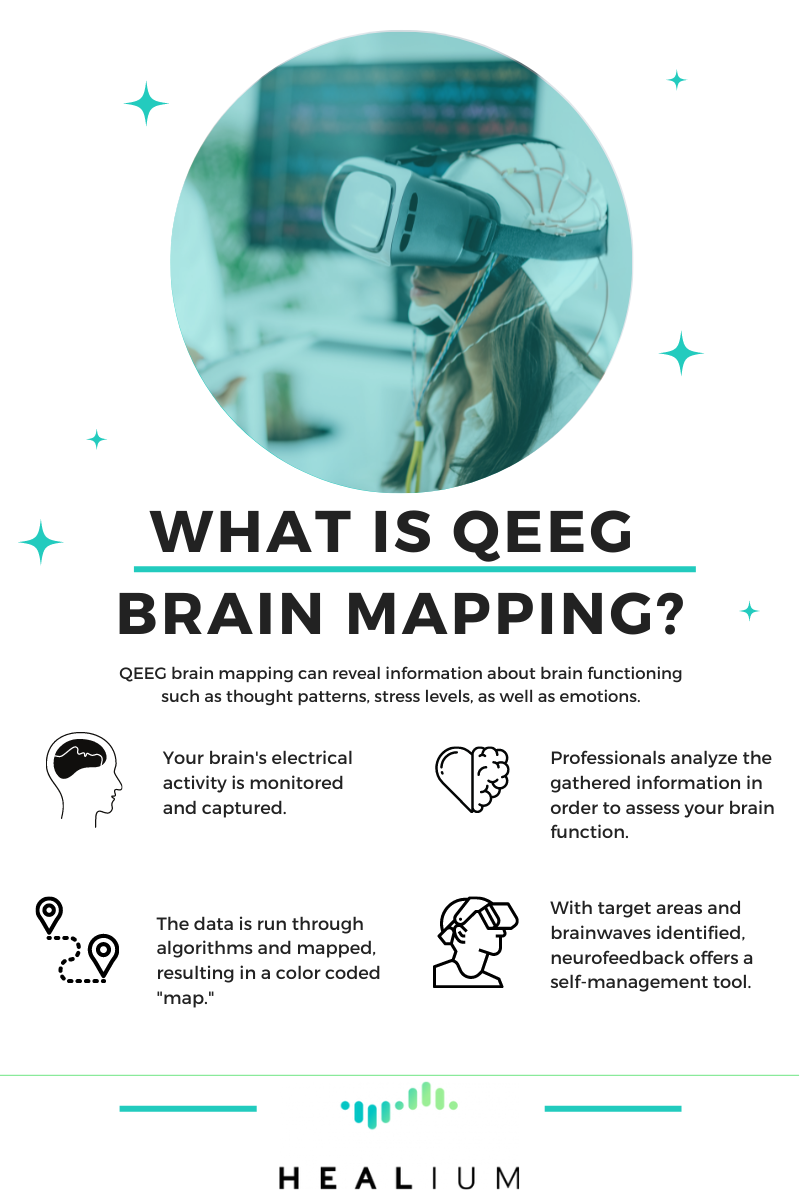
qEEG involves positioning small sensors on the head to capture brain oscillations. These cerebral oscillations are then analyzed to identify patterns that may suggest sleep conditions, including sleep apnea. By analyzing these patterns, healthcare providers can gain a clearer picture of how sleep apnea disrupts normal cerebral function during slumber. This information can be crucial for developing efficient therapeutic strategies customized to individual patients. Comprehending the connection between qEEG and sleep apnea can lead to improved identification techniques and superior results for those affected by this condition.
Research has demonstrated that people with sleep apnea often display distinct changes in their brain wave trends. For instance, during instances of apnea, the cerebrum may show increased activity in certain areas while other regions become more engaged. These changes can affect how effectively a individual slumbers and how refreshed they feel upon waking. By using qEEG to monitor these brain wave patterns, doctors can recognize specific traits of sleep apnea in clients, which can help in making a more accurate diagnosis. This is especially important because sleep apnea can occasionally be confused for alternative sleep conditions, resulting to misguided therapies.
In furthermore to improving diagnosis, qEEG can also play a part in assessing the efficacy of therapies for sleep apnea. For example, after a client starts employing a constant positive airway pressure (CPAP) machine, which assists keep the airway open during sleep, qEEG can be used to assess changes in brain activity. If the cerebrum exhibits enhanced trends of slumber after starting treatment, it may indicate that the treatment is functioning well. This response can assist physicians formulate required modifications to therapeutic strategies, guaranteeing that clients obtain the optimal treatment feasible.
Overall, the connection between qEEG and sleep apnea patterns is an exciting area of research that holds promise for enhancing diagnosis and treatment. By understanding how sleep apnea affects brain activity, medical professionals can read formulate more efficient approaches to assist clients attain improved slumber and enhance their general health. As research continues to evolve, it is likely that qEEG will become an essential instrument in the battle against sleep apnea, resulting to superior results for those who suffer from this challenging condition.